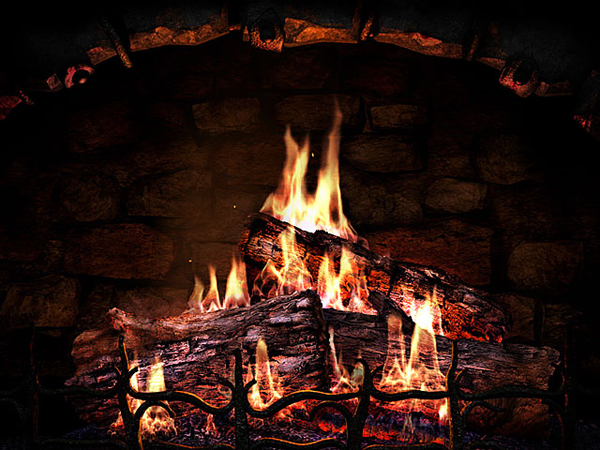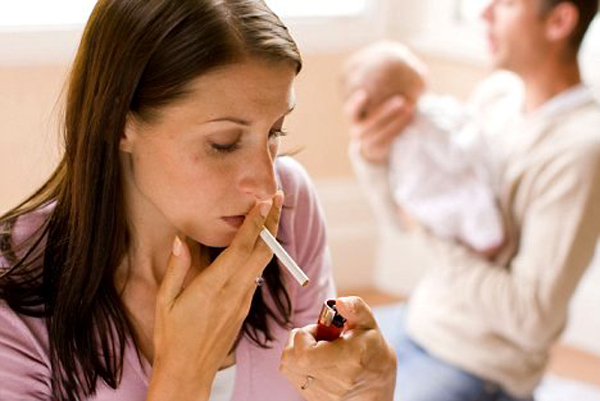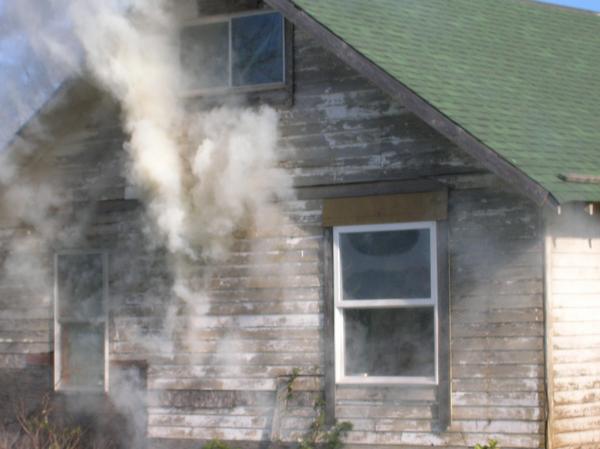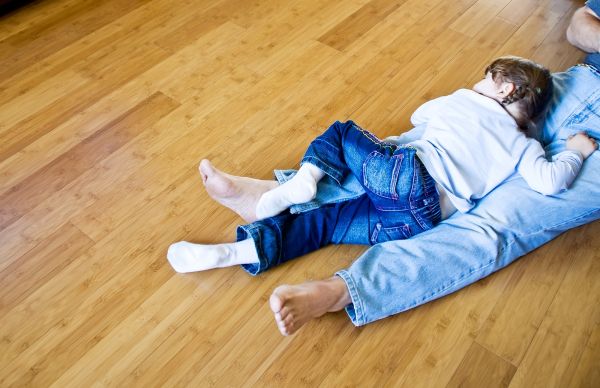
When anybody speaks of air pollution, our minds conjure images of ghastly black smoke hovering in the skies. We think of vehicles and industries too. What we do not realize is the fact that air pollution affects us more when the air being referred to is that which circulates within our homes! In fact, the World Health Organization notes that about 2.7 percent of all the world’s diseases are caused by indoor air pollution! Considering the fact that we can eliminate indoor pollution with simple efforts, this statistic is painful. Knowledge is strength it is said. We would do well to make ourselves aware of five common ways in which our indoors get polluted. If we can solve these five problems, indoor pollution can be greatly reduced if not eliminated.
1. Household materials that release gases:

According to Environmental Protection Agency, we introduce pollutants into our own homes via a host of releasing agents, if we may call them so. These releasing agents vary from fireplaces to indoor cooking chemicals and building materials like paint, certain pressed woods and wet carpets. Apparently ‘useful’ items too can cause harm if we were to take expert advice as certain personal grooming products, household cleaning agents, heaters, air conditioners and dehumidifiers can also contribute to air pollution.
2. Pets and pests

There is not much of a difference between pests and pets when it comes to indoor pollutants. It is easy to understand that mold and bacteria cause and assist the spread of diseases while cockroaches and dust mites leave behind a trail of allergens that stay in the air. Every dusting or cleaning stirs up these allergens. But before you blame the pests completely, you should be aware that even dogs and cats leave this deadly trail behind – deadlier in fact, as their allergens are lighter and thus never even settle. This vast debris causes severe allergies, asthma attacks and other lung problems.
3. Second hand smoke

There is a joke about how a chain smoker retorted when reminded of the fact that 30% of his cigarette smoke was consumed by a ‘victim’. The smoker said, “You better pay up for that then!” We often pay a heavy price, taking in second hand smoke. The smoke remains in the air even after the cigarette is extinguished and it is estimated that this smoke worsens asthma symptoms in at least a million children annually. Apart from this, it causes a list of respiratory problems that require hospitalization and treatment in thousands of children. Lung cancer and heart disease ratios among adults skyrocket with the presence of one smoker producing second hand smoke in a confined pace.
4. Poor ventilation

When prevention fails, the only solution is the cure! Proper ventilation is an absolute essential in undoing the damage of indoor pollution. Ventilation is a quantitative and qualitative issue. For instance, a poorly ventilated fireplace emits more soot and carbon monoxide and is the case of quantitative ventilation problem while an air conditioner whose filter is not changed periodically, thus causing damage to the indoor air quality is a qualitative issue. Improper ventilation can result in saturation of the indoor atmosphere with pollutants and contaminants.
5. Entry of outdoor pollutants

Ventilation of homes via windows, doors and ventilators has a flip side too. What goes around, comes around! The ventilation not only behaves as an exhaust for pollutants but also as an inlet. Even tiny cracks in walls, ceilings and floors can lead to the entry of a wide range of solid, liquid and gaseous pollutants. The fans and other indoor ventilation systems stir up these pollutants and thus increase the harm they do. Pollen, external smoke, dust, chemicals and micro organisms are some of the offending infiltrators.




